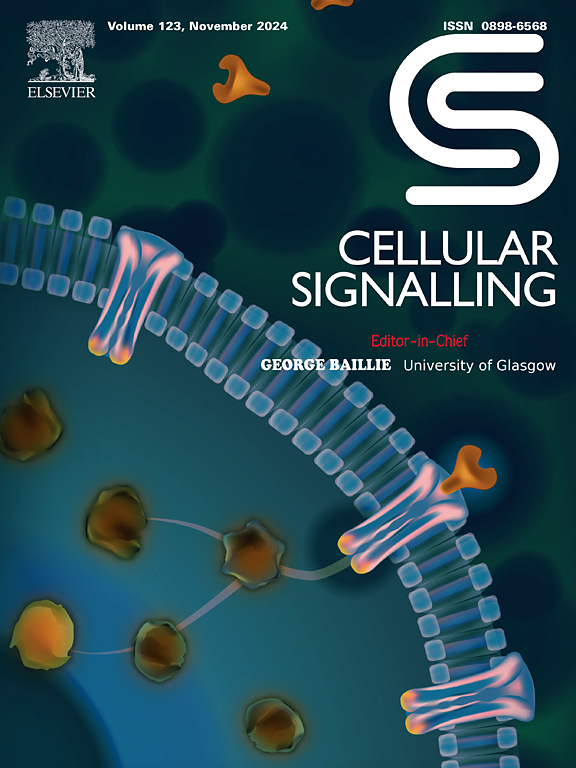Circadian clock regulation of myofibroblast fate
IF 4.4
2区 生物学
Q2 CELL BIOLOGY
引用次数: 0
Abstract
Fibrosis-related disorders represent an increasing medical and economic burden on a worldwide scale, accounting for one-third of all disease-related deaths with limited therapeutic options. As central mediators in fibrosis development, myofibroblasts have been gaining increasing attention in the last 20 years as potential targets for fibrosis attenuation and reversal. While various aspects of myofibroblast physiology have been proposed as treatment targets, many of these approaches have shown limited long-term efficacy so far. However, ongoing research is uncovering new potential strategies for targeting myofibroblast activity, offering hope for more effective treatments in the future. The circadian molecular clock is a feature of almost every cell in the human body that dictates the rhythmic nature of various aspects of human physiology and behavior in response to changes in the surrounding environment. The dysregulation of these rhythms with aging is considered to be one of the underlying reasons behind the development of multiple aging-related chronic disorders, with fibrotic tissue scarring being a common pathological complication among the majority of them. Myofibroblast dysregulation due to skewed circadian clockwork might significantly contribute to fibrotic scar persistence. In the current review, we highlight the role of the circadian clock in the context of myofibroblast activation and deactivation and examine its dysregulation as a driver of fibrogenesis.
肌成纤维细胞命运的生物钟调节
在世界范围内,纤维化相关疾病是日益加重的医疗和经济负担,占所有疾病相关死亡的三分之一,而治疗选择有限。作为纤维化发展的中枢介质,肌成纤维细胞作为纤维化衰减和逆转的潜在靶点,在过去20年中受到越来越多的关注。虽然肌成纤维细胞生理学的各个方面已被提出作为治疗靶点,但到目前为止,许多这些方法显示出有限的长期疗效。然而,正在进行的研究正在揭示针对肌成纤维细胞活性的新的潜在策略,为未来更有效的治疗提供了希望。昼夜分子钟是人体中几乎每个细胞的一个特征,它指示了人类生理和行为的各个方面的节律性,以响应周围环境的变化。随着年龄的增长,这些节律的失调被认为是多种衰老相关慢性疾病发生的潜在原因之一,纤维化组织瘢痕形成是其中大多数常见的病理并发症。由于生物钟失调引起的肌成纤维细胞失调可能是纤维化疤痕持续存在的重要原因。在当前的综述中,我们强调了昼夜节律钟在肌成纤维细胞激活和失活的背景下的作用,并研究了其失调作为纤维形成的驱动因素。
本文章由计算机程序翻译,如有差异,请以英文原文为准。
求助全文
约1分钟内获得全文
求助全文
来源期刊

Cellular signalling
生物-细胞生物学
CiteScore
8.40
自引率
0.00%
发文量
250
审稿时长
27 days
期刊介绍:
Cellular Signalling publishes original research describing fundamental and clinical findings on the mechanisms, actions and structural components of cellular signalling systems in vitro and in vivo.
Cellular Signalling aims at full length research papers defining signalling systems ranging from microorganisms to cells, tissues and higher organisms.
 求助内容:
求助内容: 应助结果提醒方式:
应助结果提醒方式:


